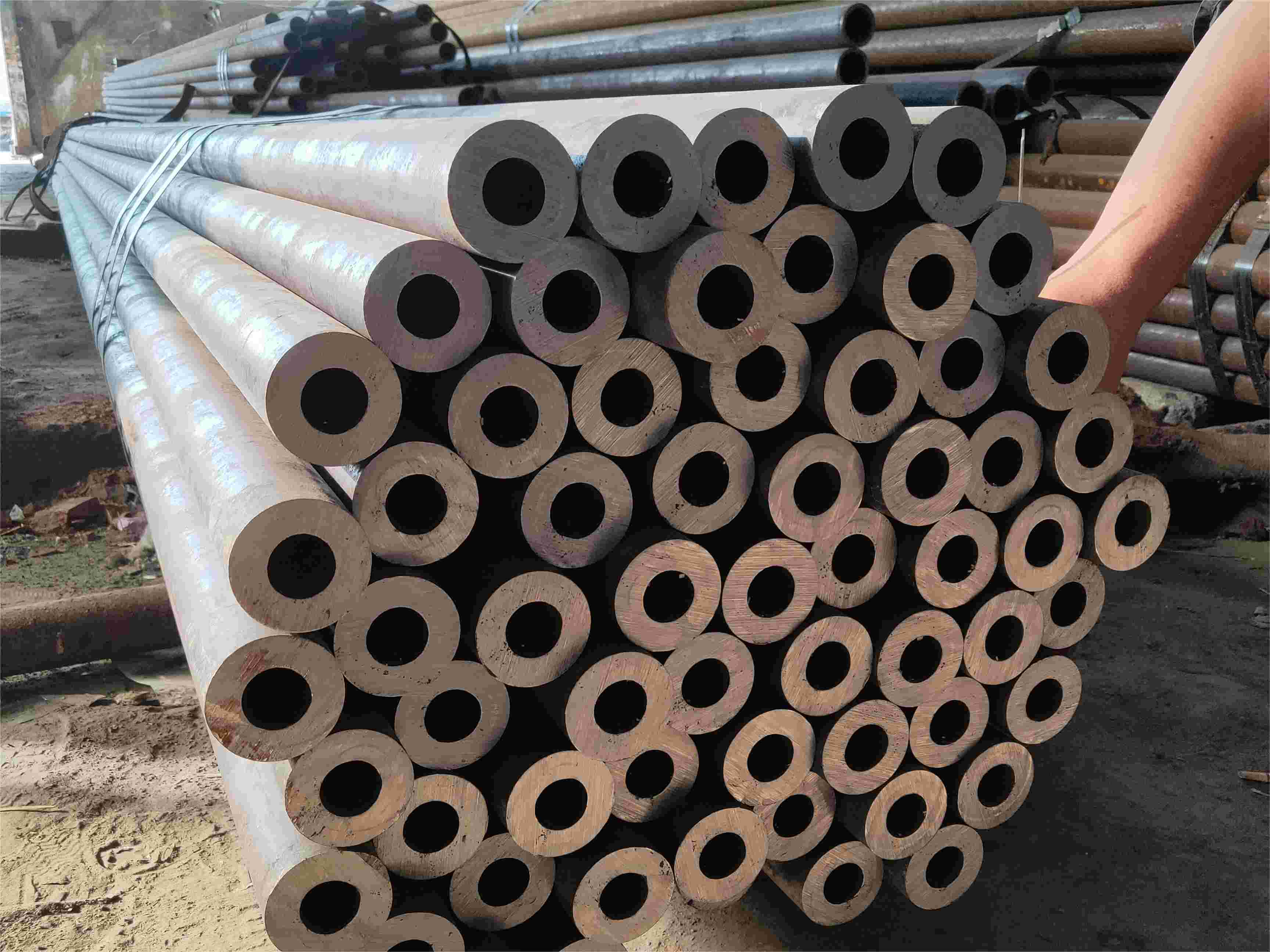Boiler tubes are pipes used to transport media inside the boiler, which connect the various parts of the boiler for effective heat transfer. These tubes can be seamless or welded steel tubes and are made of carbon steel, alloy steel, or stainless steel depending on the temperature, pressure, and chemical properties of the medium being transported.

Boiler Tube Types
Water-cooled wall tube: Located in the boiler chamber, it directly absorbs the heat from the flame and high-temperature flue gas in the furnace and heats water into steam.
Superheater tube: It is used to heat the saturated steam produced by the boiler into superheated steam and increase the temperature of the steam to meet the needs of industrial production or power generation.
Reheater tube: In a steam turbine, it is used to reheat the steam that has done work in order to increase the temperature and efficiency of the steam.
Coal saver tube: Located in the flue at the end of the boiler, it is used to preheat the water entering the boiler in order to reduce the fuel consumption of the boiler.
Collector tube: Used to connect the boiler tubes to the boiler body to collect or distribute water or steam from the boiler.
Boiler Tube Materials
These include carbon steel tubes, alloy steel tubes, and stainless steel tubes. The choice of material depends on the operating conditions of the boiler, including temperature, pressure and chemical properties of the medium.
Carbon steel pipe: Carbon steel pipe is a commonly used boiler tube material for neutral or weakly acidic media, as well as medium to low-temperature environments. Carbon steel pipe has good mechanical properties and welding performance, the cost is relatively low.
Alloy steel pipe: Alloy steel pipe is based on carbon steel with other alloying elements, such as chromium, nickel, molybdenum, etc., to improve the heat resistance, corrosion resistance, and mechanical properties of steel. Alloy steel pipe is suitable for high temperature, high pressure, and corrosive environments.
Stainless steel pipe: Stainless steel pipe contains high chromium elements, has excellent corrosion resistance, and is suitable for strong acid, alkali, and high-temperature environments. Stainless steel tubes are more costly, but their durability and reliability make them the material of choice for many industrial applications.
Manufacturing Methods
The manufacturing methods of boiler tubes are mainly categorized into seamless and welded.
The decision to use seamless or welded steel tubes needs to be made based on the boiler's operating conditions, pressure rating, temperature range, and cost.
For high-pressure and high-temperature boilers, seamless steel tubes are often chosen to ensure safety and reliability, while for low and medium pressure boilers, welded steel tubes may be a more economical choice.
Boiler Tube Execution Standard
Carbon Steel Tube
ASTM A1120: Standard Specification for Electric-Resistance-Welded Carbon Steel Boiler, Superheater, Heat-Exchanger, and Condenser Tubes with Textured Surface.
GB/T 20409: Seamless steel pipe with internal thread for high-pressure boilers.
GB/T 28413: Welded steel tubes for boilers and heat exchangers.
Alloy Pipe
ASTM A209: Standard Specification for Seamless Carbon-Molybdenum Alloy-Steel Boiler and Superheater Tubes.
Stainless Steel Pipe
ASTM A249/ASME SA249: Standard Specification for Welded Austenitic Steel Boiler, Superheater, Heat-Exchanger, and Condenser Tubes.
ASTM A1098: Standard Specification for Welded Austenitic, Ferritic, Martensitic, and Duplex Stainless Steel Boiler, Superheater, Condenser, and Heat Exchanger Tubes with Textured Surface.
JIS G 3463: Stainless steel tubes for boiler and heat exchanger.
GB/T 13296: Stainless steel seamless tubes for boilers and heat exchangers.
GB/T 24593: Austenitic stainless steel welded tubes for boilers and heat exchangers.
Other Alternative Criteria
In addition to the standards explicitly mentioned above for use in boilers, a number of other standards are sometimes used for the manufacture of boiler tubes.
For example, ASTM A53, ASTM A106, ASTM A335, ASTM A312, DIN 17175, EN 10216-2 and JIS G 3458.
What are the Dimensions of Boiler Tubes?
For different boiler tube standards, the size range may vary.
Most boiler tubes have relatively small outside diameters, while wall thicknesses are selected based on the working pressure and the mechanical properties of the material.
For example, the ASTM A192 standard is for seamless carbon steel tubing with an outside diameter of 1/2 in. to 7 in. (12.7 mm to 177.8 mm) and a wall thickness of 0.085 in. to 1 in. (2.2 mm to 25.4 mm).
What is the Difference Between Boiler Tubes and Steel Tubes?
Boiler tubes are a type of pipe, but they are designed for the specific application of boilers and have more stringent design and material requirements. Tubing, on the other hand, is a more general term that covers all piping systems used to transport fluids, including but not limited to boiler tubes.
About Us
Since its establishment in 2014, Botop Steel has become a leading supplier of carbon steel pipe in Northern China, known for excellent service, high-quality products, and comprehensive solutions.
The company offers a variety of carbon steel pipes and related products, including seamless, ERW, LSAW, and SSAW steel pipe, as well as a complete lineup of pipe fittings and flanges. Its specialty products also include high-grade alloys and austenitic stainless steels, tailored to meet the demands of various pipeline projects.
Tags: Boiler Tube, boiler tube size, boiler tube standard, seamless, welded steel pipe, carbon steel pipe.
Post time: May-27-2024
